Imagine you're part of a small community-oriented company for many years. Then suddenly you develop a blockbuster product, acquire another company, and double in size and triple in revenue in less than two years. Now you've got Parent Company's attention.
Growing companies in a growing industry can't continue to run on MAPICS for long. It's time for global processes and SAP. It's time for a change.
But it's more than just a global process and system implementation. It's an identity crisis. After all, you enjoyed working with little supervision for many years. You didn't have to coordinate with your global partners. You didn't have to think about process or how your work affected others. You created new ways of doing things on your own. Not to mention that recently there were some lay-offs--and these weren't just fellow co-workers, these were your next-door neighbors and life-long friends. You're sure there will be many more job losses when this new SAP thing comes.
We learned about this situation while conducting an executive needs assessment and designed the organizational change strategy and plan to address it. The plan also included activities to deal with the mindset and behavior change needed for a process-oriented approach to work--critical for any SAP implementation, but further complicated due to the unique nature of vaccine manufacturing. The scope included 2,000 end-users. The strategy helped shift a collective mindset from perceiving the change as a workforce reduction to seeing it as essential for maintaining a rapid growth trajectory. We kicked off the communication campaign managing 35 Roadshows across 4 sites with 700 attendees.
The message of "growth" stuck.
To further boost the mindset change that would be needed, we facilitated workshops with leaders to give them time to reflect and discuss with each other how processes would be more integrated, and as a result, what behaviors would need to change. A year into the project, the company hired a full-time change management employee and retained JPG & Associates for coaching the execution of the plan.
After go-live, the company was able to celebrate a seamless transition that had no disruptions to customers.
HOW ARE THEY DOING THREE YEARS LATER? THEY ARE NOW THE SECOND LARGEST ANIMAL HEALTH COMPANY IN THE WORLD.

